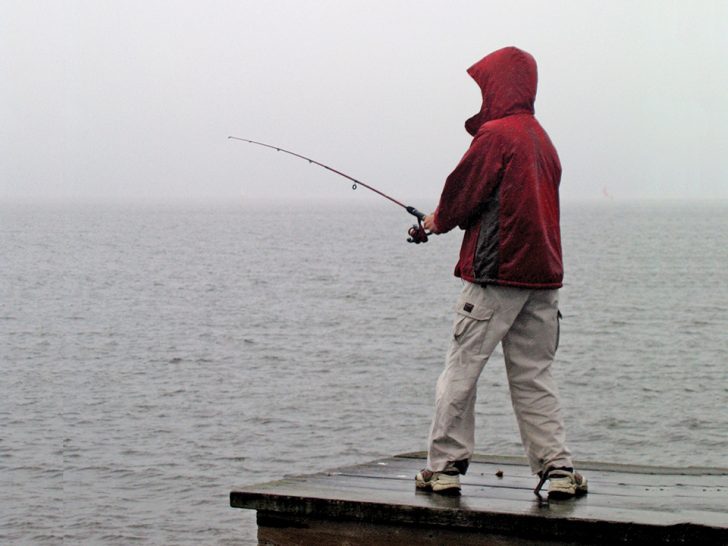
By John Saporito
Water temperatures are headed toward their annual valley, and that means most of our favorite gamefish will be transitioning to their winter patterns. Their metabolisms will slow down and, accordingly, they will become far less active. This makes covering water more important in winter than during most other times of the year.
Anglers tend to think covering water is reserved for boat anglers who drift or troll, or for anglers casting artificial lures. There is a general failure to recognize the immense potential for covering lots of ground with natural baits, and this doesn’t just apply to freelined live baits, either. Chunk baits, whole dead baitfish, worms and shellfish baits can be manipulated to get the most out of the water you’re fishing; it just takes a few refinements to your approach.
Unfortunately, most anglers employ a standard, inefficient procedure when fishing these “passive” bait items, and this serves to limit their success. It consists, simply, of an angler casting the bait out as far as he or she can, letting it sit for a while where it lands, and then retrieving it all the way back only to re-bait and repeat the process. The tactic fails entirely to cover any of the fishable water between where the cast lands and where the angler is positioned.
The solution to this is simple: cast a bait out as you normally would, let it sit a few minutes, and then retrieve it 5 or 10 yards to let it sit a few minutes more. Repeat this, allowing the bait to sit for a few minutes at intervals until the bait is at your feet. This staggered retrieve will put your bait in many different positions during a single cast, ensuring you thoroughly cover the area in front of you as opposed to only one point at the end of your cast.
Apart from being a devastating search tactic, there is an added benefit for those using rigs with sinkers—you can actually feel the bottom contour as you retrieve. This allows you to identify fish-holding structure such as holes and bars. When your sinker “falls off” an edge, leave your bait there a moment longer—this might be just the type of deeper, more stable habitat fish crave when the thermometer takes a plunge. Self-anchoring sinkers, such as pyramids or the Hatteras variety, are especially effective at grabbing onto edges and other types of bottom contour.
Don’t sell yourself short when fishing natural baits. To find gamefish that are hunkered down during cold spells, you have to bring the bait to them. Ditch the sand spike, employ your bait as an active offering, and put the entire length of a cast to work for you. Do this, and you can keep a bend in your rod no matter what the thermometer is telling you.
John Saporito is a lifelong fisherman and student of the seas. Visit him online at guerillaangling.com.